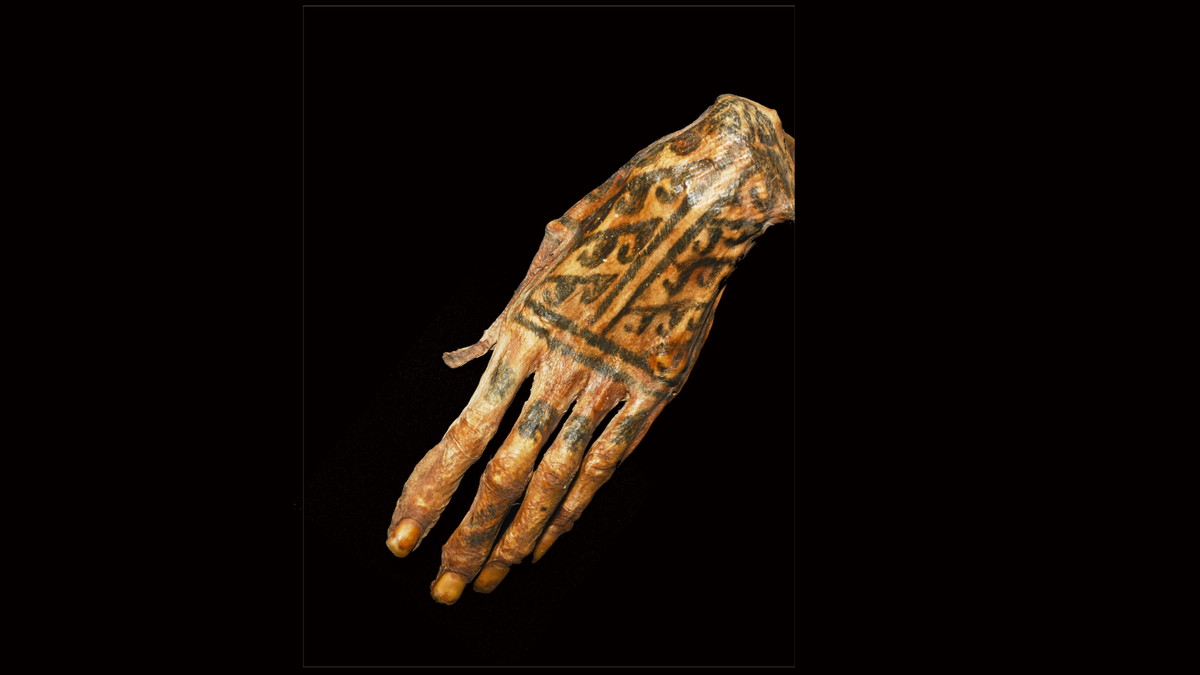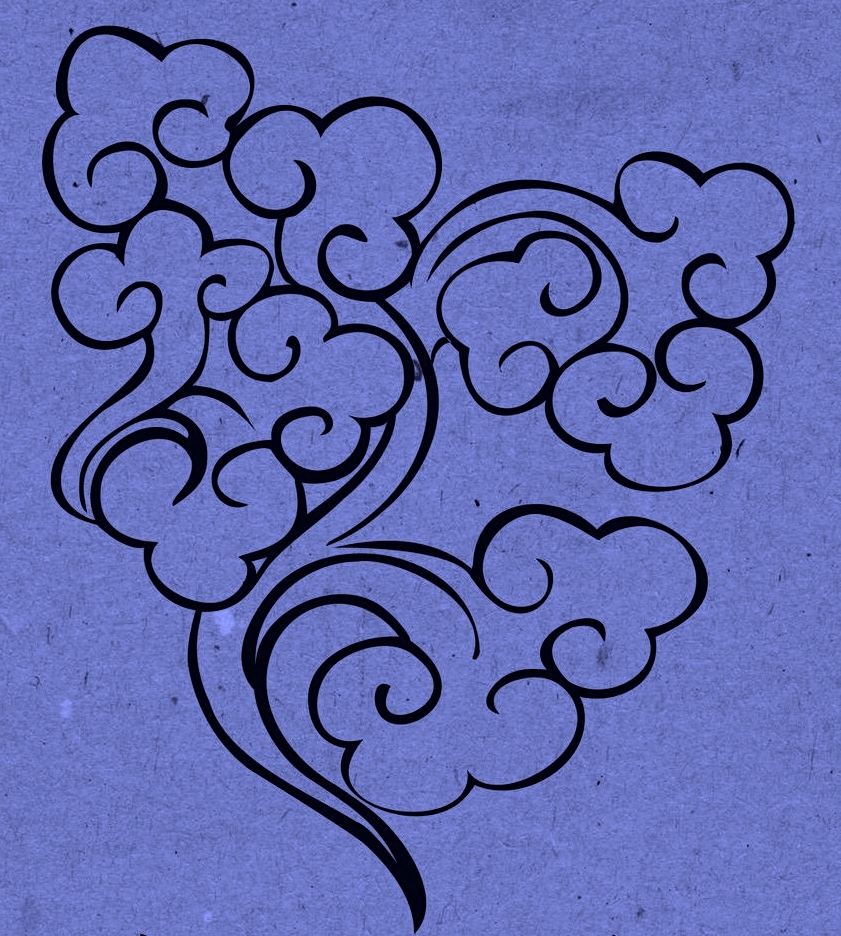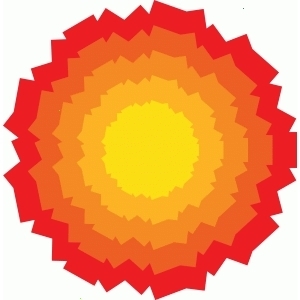That is wild.
In the study, published Monday (Jan. 13) in the journal PNAS, researchers looked at more than 100 mummified human remains from the Chancay culture, which inhabited Peru from about A.D. 900 to 1533. “Only 3 of these individuals were found to have high-detailed tattoos made up of fine lines only 0.1 - 0.2 mm [0.004 to 0.008 inch] thick, which could only be seen with our new technique,” study co-author Michael Pittman, a paleobiologist at The Chinese University of Hong Kong, told Live Science in an email.
The technique involves laser-stimulated fluorescence (LSF), which produces images based on the fluorescence of a sample, thus revealing details that can be missed by simple ultraviolet (UV) light examination. LSF works by making the tattooed skin fluoresce bright white, which causes the carbon-based black tattoo ink to stand out clearly. This almost completely eliminates the issue of tattoos bleeding and fading over time, which can obscure the design, according to the study.
The three highly detailed tattoos the team revealed on the mummified remains were “predominantly geometric patterns featuring triangles, which are also found on other Chancay artistic media like pottery and textiles,” Pittman said, while other Chancay tattoos included vine-like and animal designs.
Interesting
Wait. There were Egyptians in Peru?
South-american mummies are older than Egypt’s.





